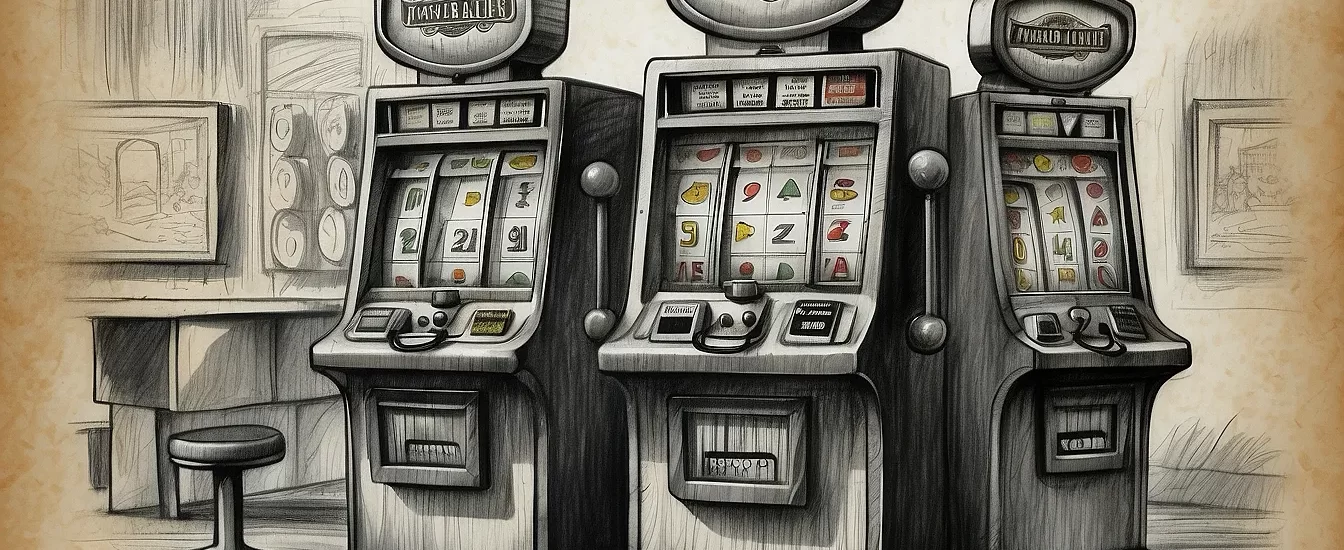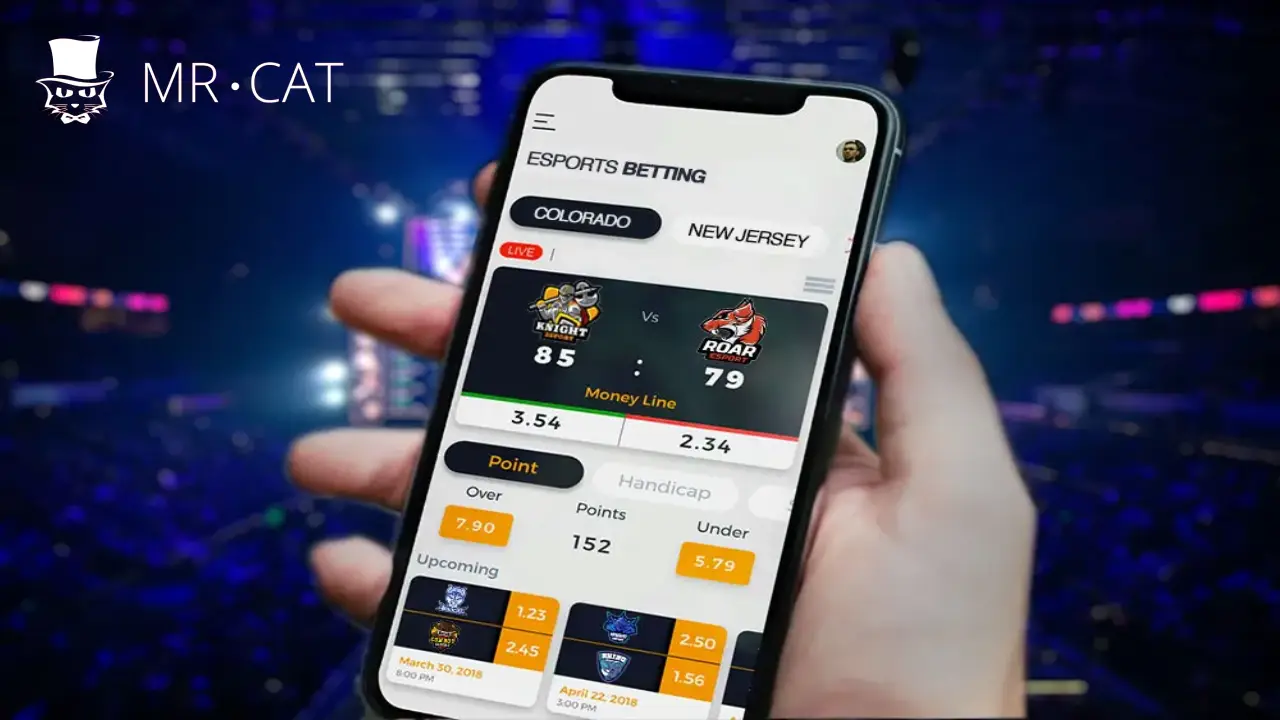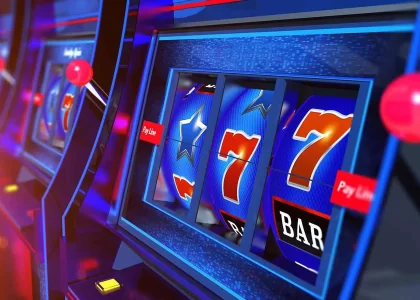Slot variance and volatility are critical components of every slot game, providing insights into how the games function.
Along with Return to Player (RTP), variance and volatility determine the structure of payouts and the overall experience players can expect. While luck always plays a major role, understanding these aspects is essential for any slot player.
This guide explores the concepts of slot variance and volatility, their impact on gameplay, and how they interact with other elements of slot games. This knowledge can help you find the perfect game that suits your style or just make you more confident in how slot machines operate.
What Are Slot Variance and Volatility?
While the terms variance and volatility are often used interchangeably in slot gaming, they are not entirely the same. Both, however, are closely related to RTP, which will also be explained further.
Variance
Variance refers to the range of deviation in payouts over an extended period. Slots are typically classified into three categories: high, medium, or low variance.
Volatility
Volatility focuses more on how often players can expect to win and the size of those wins over shorter periods. Like variance, slot volatility is categorized as high, medium, or low.
In simpler terms, variance can be considered a long-term form of volatility.
RTP
Return to Player (RTP) is a percentage that represents how much money a player can expect to get back over time. Most slots have an RTP of 90%–96%. For example, betting $100 on a slot with an RTP of 90% will likely result in a return of around $90, while a slot with an RTP of 96% will return around $96.
Although both RTP and volatility/variance relate to payouts, there is no direct link between the two. A low-RTP slot can have either high or low volatility, and the same is true for high-RTP slots. The difference lies in the average payouts.
For instance, if two low-volatility slots have RTPs of 90% and 97%, the lower RTP slot would pay out more frequently but in smaller amounts. Conversely, a high-volatility slot with a higher RTP will pay out less frequently but in larger sums when it does.
Understanding Variance and Volatility in Detail
Now that we’ve covered the basics, let’s break down how volatility and variance affect player returns over the short and long term.
| Long-Term Win Frequency | Player Risk | Individual Win Amounts |
|---|---|---|
| Low Variance | High | Low |
| Medium Variance | Medium | Medium |
| High Variance | Low | High |
| Short-Term Win Frequency | Player Risk | Individual Win Amounts |
|---|---|---|
| Low Volatility | High | Low |
| Medium Volatility | Medium | Medium |
| High Volatility | Low | High |
Breaking Down Variance and Volatility

Low Variance
In low-variance slots, players will experience frequent but small wins. These slots are ideal for those who prefer a low-risk, steady playing experience.
Medium Variance
Medium-variance slots strike a balance between risk, win frequency, and payout size. While players will encounter more risk than in low-variance slots, the potential for bigger wins is higher.
High Variance
High-variance slots are designed for risk-takers. Wins are less frequent, but they are larger when they do occur. These slots are best suited for players willing to gamble for bigger rewards.
Low Volatility
Low-volatility slots provide frequent wins with smaller amounts. These games are perfect for players who want to extend their bankroll over a longer session, often making them great options for combining with deposit bonuses.
Medium Volatility
Offering a balanced experience, medium-volatility slots like Buffalo provide moderate risks with decent-sized payouts. This makes them a popular choice among players seeking a middle ground.
High Volatility
High-volatility slots come with the highest risk. They don’t pay out often, but when they do, the rewards are significant. These slots cater to thrill-seekers who enjoy high-stakes gaming.
Slot Machine Volatility Index
Slot volatility can also be measured numerically using a volatility index, typically ranging from 0–20. A lower index indicates low volatility, while a higher index signals high volatility. This index is calculated based on millions of test spins to determine a slot’s long-term behavior.
Determining Slot Volatility
While it may be tempting to figure out slot volatility on your own, it’s difficult without the extensive data used by game developers. Most online casinos or slot review sites, however, provide general ratings of low, medium, or high volatility.
Choosing the Right Slot Variance/Volatility
Your ideal slot depends on how much risk you’re willing to take and how long you intend to play. If you prefer frequent, smaller wins, low-volatility games are for you. If you’re willing to wait for larger, less frequent payouts, high-volatility slots might suit your style better.
Popular Slots for Each Volatility Level
Here are some popular slot titles categorized by their volatility levels:
- Low Volatility: Jack Hammer, Starburst, Blood Suckers
- Medium Volatility: Gordon Ramsay Hell’s Kitchen, Jack in a Pot, Rich Wilde and the Book of Dead
- High Volatility: Dead or Alive 2, Rome: The Golden Age, Twin Spin Megaways
Can You Change Slot Volatility?
Generally, players cannot change a slot’s volatility. However, some games offer adjustable volatility through special features or bonus rounds that can modify the game’s mechanics temporarily.
FAQs
What is slot variance? Variance refers to the frequency and size of wins over a long period, categorized as low, medium, or high.
What is slot volatility? Volatility describes the frequency and size of wins over a short period. Slots are categorized as low, medium, or high volatility.
Can slot volatility be changed? Some games allow players to adjust volatility through special features, but most do not.
Is high or low volatility better? It depends on your preferences. Low volatility offers frequent small wins, while high volatility offers larger, less frequent payouts. Choose based on what suits your playing style.
































